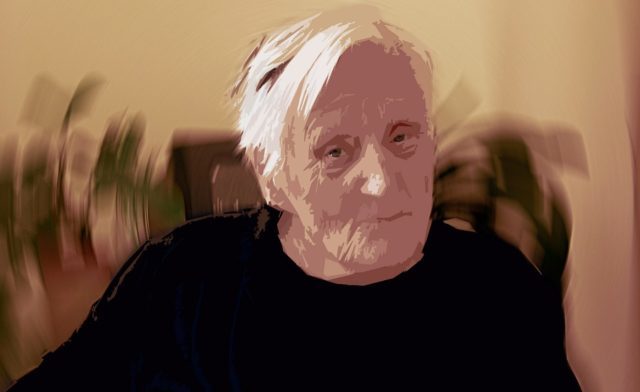
Non-invasive, gentle brain stimulation in older adults in a specific brain area improves their ability to maintain balance and walk safely while carrying out other cognitively demanding tasks.
“This therapy procedure is completely safe, and we hope that patients can eventually treat themselves at home.” said lead research Prof. Jeffrey Hausdorff of the Sackler Faculty of Medicine, from Tel Aviv University, which cooperates with Dr. Brad Manor at Harvard Medical School. The study was published in the Annals of Neurology, the journal of the American Neurological Association.
The researchers activated the Dorsal Lateral Pre-Frontal Cortex (DLPFC), a cognitive brain area involved in dividing attention and executive processes while dual-task had an immediate influence on their performance.
Will you offer us a hand? Every gift, regardless of size, fuels our future.
Your critical contribution enables us to maintain our independence from shareholders or wealthy owners, allowing us to keep up reporting without bias. It means we can continue to make Jewish Business News available to everyone.
You can support us for as little as $1 via PayPal at office@jewishbusinessnews.com.
Thank you.
Prof. Hausdorff: Dual tasking that involves walking while simultaneously carrying out a cognitive task, like talking on a cellphone or with a companion, occurs frequently throughout the day.

“The concurrent performance of two tasks requires the ability to split attention. We know that among older people, difficulties performing another task while walking or standing reflect an existing and/or a potential problem concerning both functions, as well as an increased risk of falling.
“A fall can have many severe and undesirable consequences for older adults. We sought to examine the benefits of very low intensity, non-invasive electrical stimulation of various parts of the brain, hoping that this might improve their ability to perform both tasks simultaneously in a safer manner.”
Each treatment in 57 participants over the age of 70, includes 20 minutes of low-intensity electric stimulation. Immediately after the therapy, each subject’s walking and standing sway were tested, with and without a cognitive task.
The study found that cognitive stimulation alone or combined with motor stimulation reduced the deleterious effects of cognitive tasks on walking and standing stability by roughly 50%.
However, just sensory-motor stimulation or sham stimulation had no effect on the subjects’ performance. The modest stimulation, the researchers say, does not activate brain neurons, but rather improves their excitability, allowing the patient to activate those neurons more easily.



